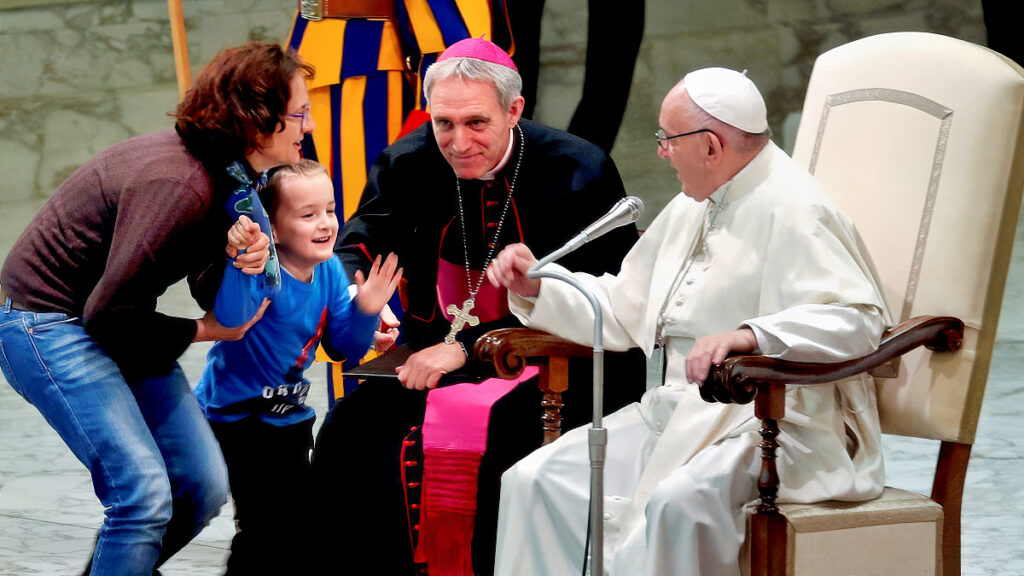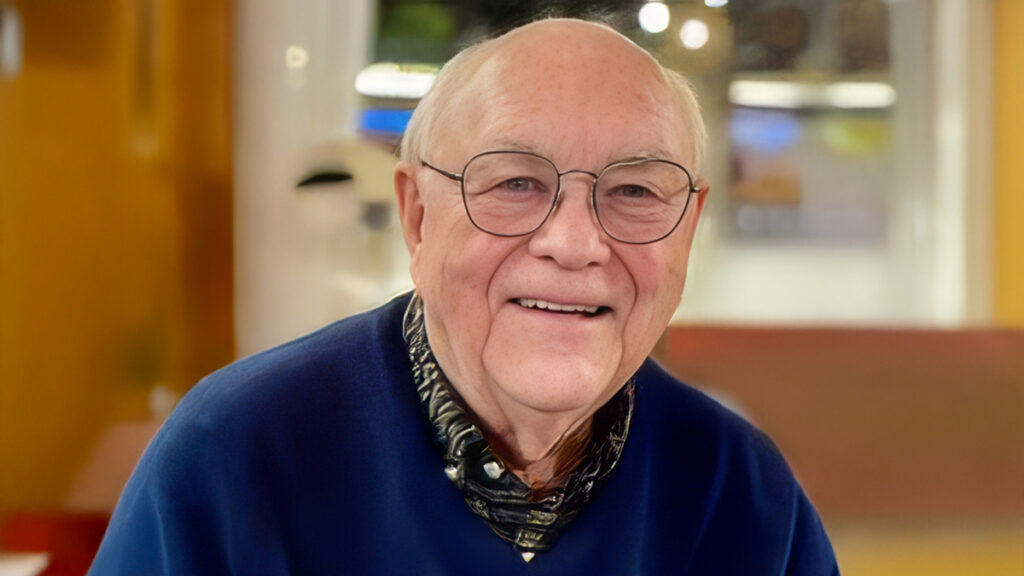I recently read a rather disturbing interview of sociologist Christian Smith on his new book, Why Religion Went Obsolete: The Demise of Traditional Faith in America (Oxford 2025 ).
As Smith summarizes, “. . . I mean by ‘obsolescence’” that “something that used to be relied upon . . . is supplanted or made outdated by another view of things, another technology or another development in style.”
Religion, Smith argues, has simply become obsolete—even discredited.
“American traditional religion is . . . now culturally polluted, and that contamination cannot be quickly and easily cleaned up” (Why Religion, 369–70).
My hunch is that this devastating verdict is true beyond the United States.
In late April, The New York Times inaugurated a feature entitled “Believing” (see New York Times Online, April 20, 2025).
The author, Lauren Jackson, acknowledges that most people who have left churches “aren’t going back to religion. But many people told me they want new spaces to discuss and explore their spirituality.”
Sociologists, Jackson notes, speak of the importance of the “three B’s”—“belief in something, belonging in a community, and behaviors to guide their lives.”
Might a notion that was a major motif of our late beloved Pope Francis help to resolve these two contradictory assessments of religion today?

Francis often repeated the idea that “the church grows not by proselytism, but by attraction” (e.g. Evangelii Gaudium 15).
We were attracted to Francis’s person, his prophetic actions, like washing the feet of women and Muslims, and his witty yet profound phrases, like ministers needing to take on the “smell of the sheep.”
He offered the world a God who attracts by mercy, love, and understanding rather than condemnation.
He offered a church that attracts by being one of open doors, and teachings/doctrines that follow the “logic of the incarnation” (EG 117).
He challenged the church and the world to care for our “common home,” where everything is connected (Laudato Sì, 16, 42).
Might we reconceive the church’s mission today as one of attraction?
Might this be a way for us to be a space that offers belief in a God who does not command but attracts by love and mercy?
Might we show the world a community in which all are welcome and in which all can participate?
Might we offer challenging yet deeply humanizing ways of behaving in a very complex world?
Czech theologian Tomáš Halík suggests that “the time has come for the self-transcendence of Christianity” (The Afternoon of Christianity: The Courage to Change [Notre Dame, 2024], 196).
Might this mean that we point not so much to the church as to the “radical kinship” (Gregory Boyle) of God’s reign?
The church’s service to God’s reign is what must attract.
Some of Pope Leo’s first words were of a missionary church that builds bridges, engages in dialogue, and welcomes all.
Might reconceiving mission in terms of attraction be the way that Halík’s and Leo’s visions might be accomplished?

- Stephen B. Bevans, SVD, is a priest in the Roman Catholic missionary congregation of the Society of the Divine Word (SVD). He is the Louis J. Luzbetak, SVD Professor of Mission and Culture, Emeritus, at Catholic Theological Union, Chicago. He has edited or published twenty-one books, the latest of which is Community of Missionary Disciples: The Continuing Creation of the Church (Orbis, 2024)
- Flashes of Insight is an international publication. The editorial policy is that spelling reflects the country of origin.

